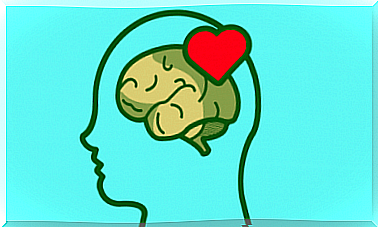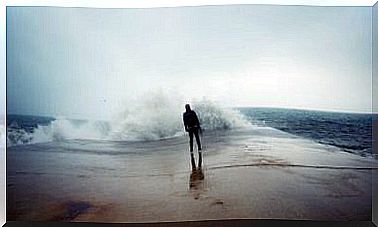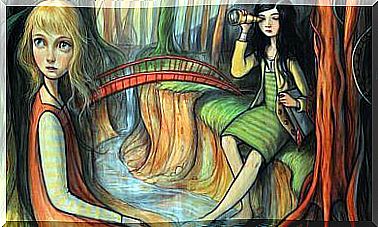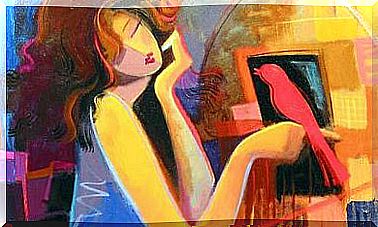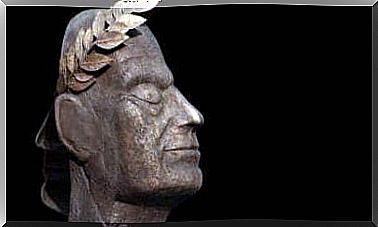Three Ways To Explain To Children What Peace Means
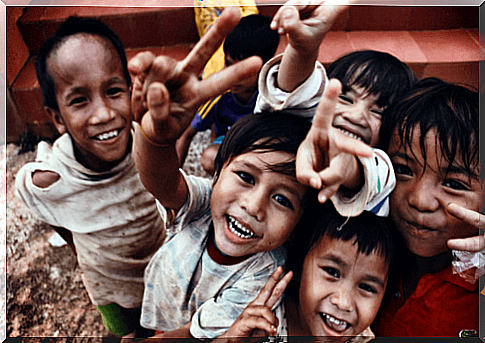
Children are evolving people. As adults, teachers and parents, it is our duty to provide them with a safe and sensible world in which they can grow safely and securely. With that in mind, let’s look at some of the ways to explain peace to children.
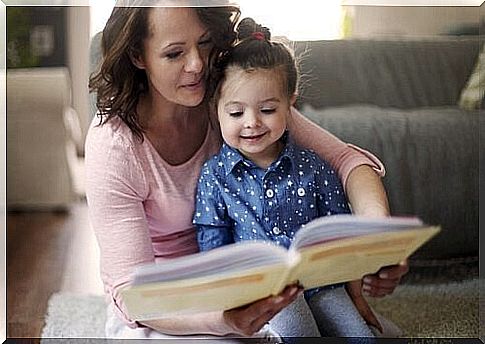
Peace is a concept that may seem strange to a child. So how can you define it concretely for them. Perhaps it is a state of social stability and balance. Or maybe it’s something that occurs when different groups work together in harmony. Other experts see it as the absence of war, violence and inequality.
Resources for explaining the importance of peace
A large part of society is very aware of the benefits of being able to coexist in a peaceful culture. If we want it to remain that way, it is important that children internalize this as early as possible.
Peace is a guarantee of personal and social harmony. In this way, we create an environment for the prevention of violence and conflict resolution using tools such as dialogue.
If this teaching of peace starts at home and spreads to school, we can raise balanced children and young people who are able to overcome social and emotional conflicts.
To do this, all activities related to peace are very important. Teaching values is essential to keep working towards a peaceful, balanced society.
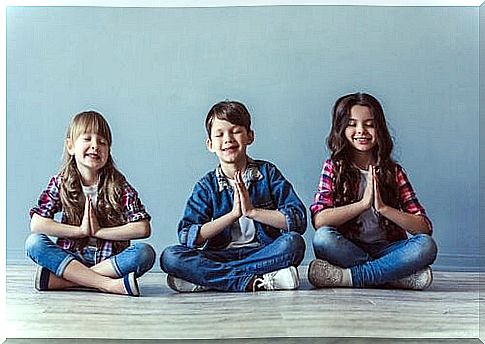
Forum Theater
Children usually like to play things and pretend they are on a stage. At home as well as in the classroom, you can set the stage for what is called “forum theater”.
In this activity, one improvises a simple scene and imagines a series of common conflicts between children. For example, arguing about a toy, the last piece of candy, having beaten his big brother, or disagreements between parents who do not have time when the children want to play.
Once one has imagined the conflict, it must be played out on the improvised stage by a group of children to identify it. Then one must discuss and debate the emotions that the conflict has generated and how best to respond to it in a peaceful way.
Symbolic cooking
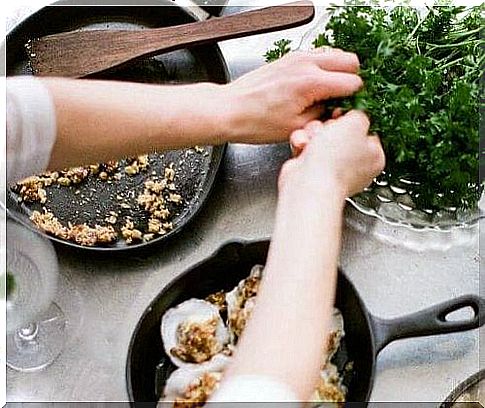
One way to do “symbolic cooking” is to organize all the ingredients. For example, you need certain ingredients to bake a cake while you can exclude others. A different concept will then be associated with each ingredient.
Here is an example. You do not need to use salt to bake a cake, and you will therefore think of this product as “violent”. But you need eggs and therefore associate this ingredient with “respect”. Continue until you have a complete list of ingredients – both the ones you need and the ones not in the cake.
When you are done, invite the children to collect items that will be used to make a “peace cake”. That way, they will learn what values are associated with peace.
Storytelling about peace
Once the children have chosen a story, it is a good idea to read it aloud so that everyone can hear it. Then you can start a discussion where the children can come up with their opinions, analyze and discover the values that shine through in the story.
